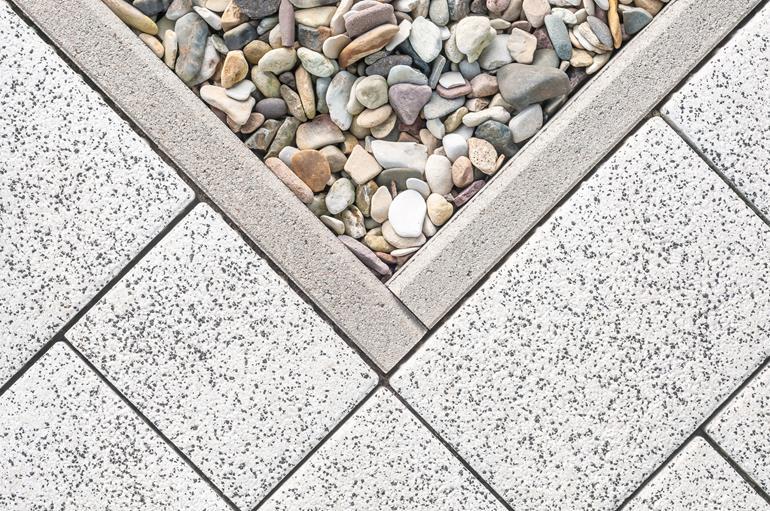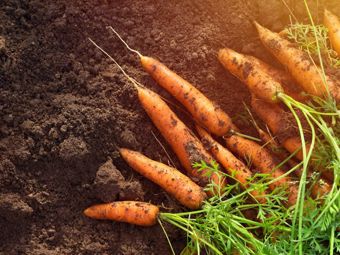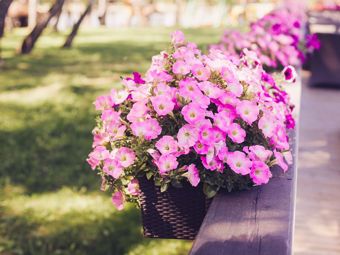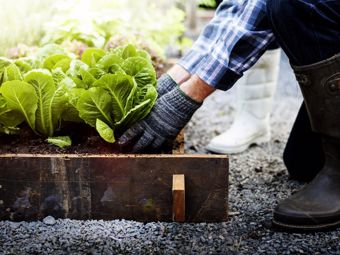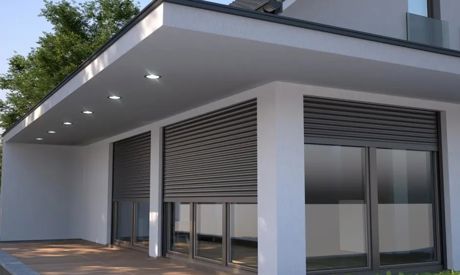Kitchen Garden: Fruits, Vegetables, Herbs
Greater food independence is the big issue of the day. You cannot grow everything in your garden, but in case of self-grown fruits and vegetables, you will have far more control over the environment, fertilisation, and other conditions of the plant life. Fruit trees that will produce a harvest in a few years can be viewed as an investment for the future. Vegetable patches require more work, but they will bring reward in the form of high-quality and fresh crops.
The easiest crop: fruit shrubs
- currants (red, black and white)
- gooseberry
- jostaberry
- raspberry
- blackberry
- chokeberry
- blue huckleberry (northern highbush blueberry)
- honeyberry (haskap)
- juneberry (snowy mespilus)
Guidance on how to start and maintain a vegetable garden is beyond the scope of this blog. But you can start by reading our article about crop rotation.
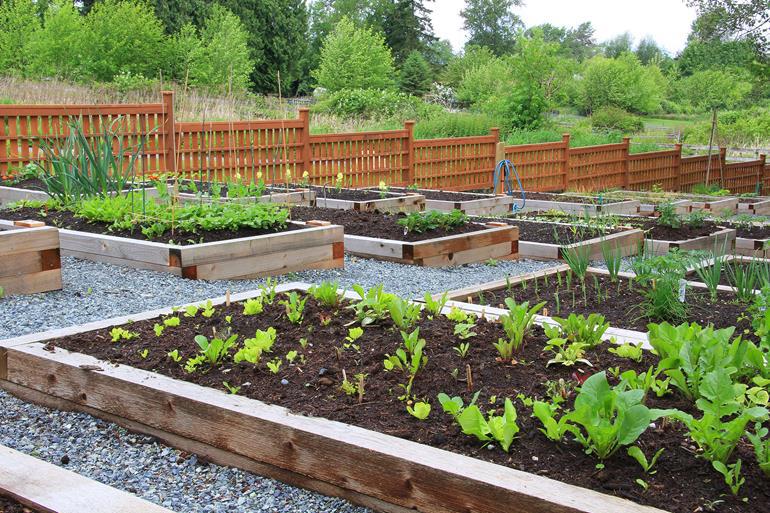
Tip for a small garden or balcony: Try a vertical garden! A wall made of old crates, wooden pallets, or specialised containers will to grow herbs, but also strawberries, tomatoes, and legumes in a small area.
Helping Nature: Water for the Birds, Compost, and Flower Meadow
Compost is not just trendy, but also saves money and helps nature. You can “tuck away” almost all kitchen leftovers in compost and receive free high-quality fertiliser from compost in return.
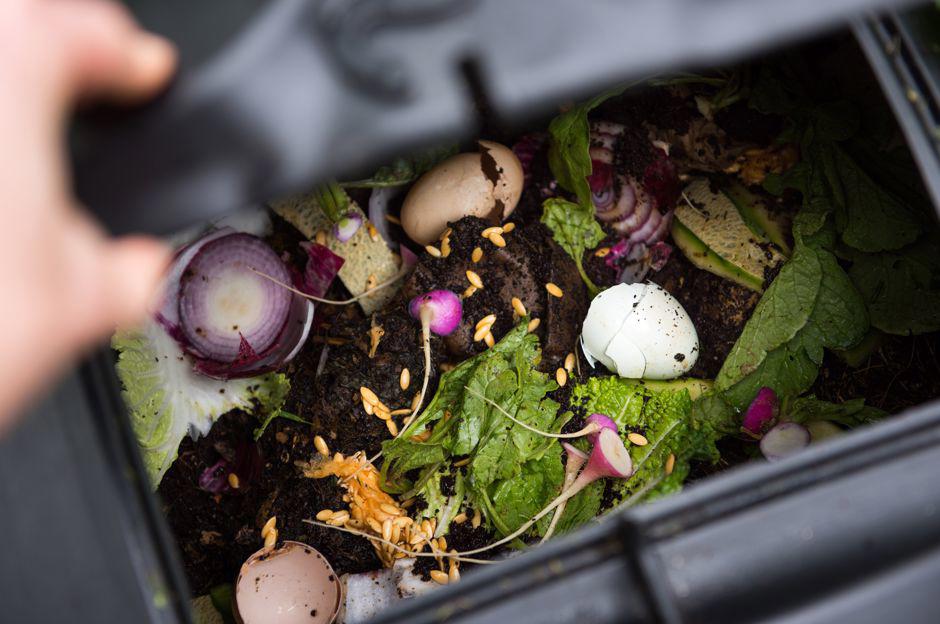
What is suitable for composting?
- vegetable cuttings and peelings
- coffee dregs, tea leaves (even in bags)
- mown grass and leaves
- egg shells
- sawdust, bits of bark, small twigs
- wood ash
- droppings of small herbivores
- paper towels
What is not suitable for composting?
- bones and leftover meat
- tropical fruit peelings
- fruit stones
- fats and oils
- mouldy food
- plants and leaves affected by diseases
- droppings of carnivores
- coal ash
- disposable diapers
- newspapers, magazines, and other heavy paper
Wild flowers on which bees and other insects depend have been disappearing from the countryside in recent decades. You can help by sowing a flower meadow instead of a regularly mown lawn. The seed mixture should be sown to clean soil, and you should mow the meadow in parts and just two times a year.
You can buy seeds for your meadow on the Internet, in specialised shops, but also in DIY stores. Look for mixtures with names like flower meadow, melliferous meadow, flower mixture for the bees, etc.
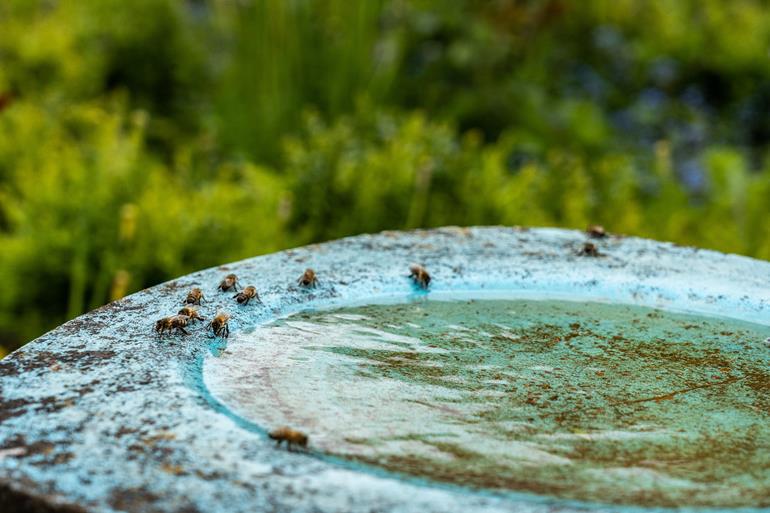
Especially in the summer, you can help birds by installing a bird bath – it will make a nice decoration for your garden, while providing refreshment for the small fledglings. During dry spells, you can leave water bowls on the ground for hedgehogs and other small animals, such as the indispensable bees.
A Modern Pergola? Bioclimatic
A wooden pergola is classic, but the current trend is an aluminium bioclimatic pergola. This type of pergola allows slat tilting to protect from rain, reflect the sun’s rays, and circulate air. The roof of the ARTOSI bioclimatic pergola can be divided into several independent sections, in which it is possible to tilt the slats in various directions for better regulation of shading.
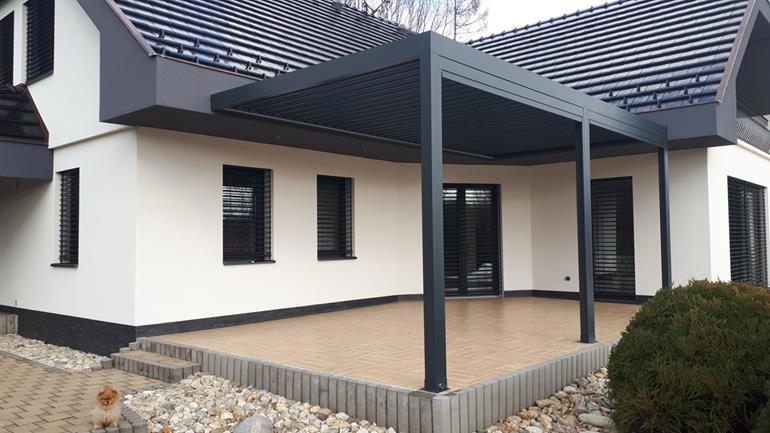
The pergola floor can be made of wood, stone, or interlocking pavers. Wood-plastic has become popular in recent years, as well as a stone carpet made of small pebbles set in resin. Large floor tiles never went out of fashion, but be sure to choose those with frost-resistant and non-skid finish.
